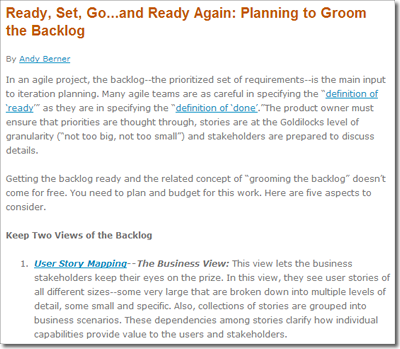Ask Carol: No Matter What, in Project Management, Size Matters
QSM will be hosting a new free advice column for software professionals who seek help to solve project management, communication and general software project issues. The first few scenarios are based on questions we receive all the time. Carol Dekkers is a QSM consultant and IT measurement and project management expert who speaks internationally on topics related to software development. Send your questions to Ask Carol!
Dear Carol:
I’m a systems analyst working for a telecom company and I have several projects on the go at the same time. Our PMO (Project Management Office) told us that now we have to start tracking the size of our projects both at the beginning and at the end. I can’t believe this – it’s just more metrics and (redundant) data. I already track project size because I do time reporting (by project) and all they need to do is add up my hours at the end and voila, you’ve got the project size: the more hours it took - the bigger the project. They don’t seem to get it and I’ve asked for an exemption from this overhead task. Their response was to enroll me in a two day sizing course! What can I do to prove to them that they already have the size because I keep track of my hours?
- Frustrated in Seattle
Dear Frustrated:




